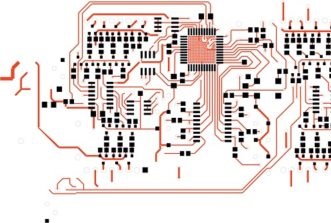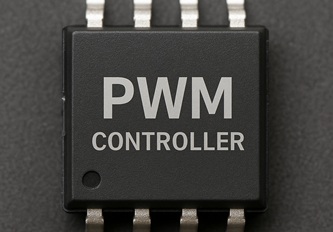This website uses cookies so that we can provide you with the best user experience possible. Cookie information is stored in your browser and performs functions such as recognising you when you return to our website and helping our team to understand which sections of the website you find most interesting and useful.
RS Nvidia Collaboration on AI Driven 6G Wireless Research
Rohde & Schwarz has announced a collaboration with Nvidia to develop a digital twin incorporating high-fidelity ray tracing technology. This innovative approach aims to enhance the testing of AI-enabled receivers for 5G-Advanced and future 6G networks, providing more realistic simulation environments for evaluation and optimization.
At the upcoming Mobile World Congress, a proof of concept system will be showcased, demonstrating a framework for testing neural receivers under realistic propagation conditions using digital twin technology. This initiative seeks to bridge the gap between AI-driven wireless simulations and real-world deployment, enabling more efficient and accurate testing of next-generation receiver architectures.
Gerald Tietscher, Vice President at Rohde & Schwarz, emphasized the significance of this collaboration, stating, “The integration of digital twins and ray tracing expands the possibilities of AI-driven signal processing in wireless communications. Our work has already shown the potential of AI in wireless system design, and this partnership with Nvidia further advances the application of AI/ML technologies in the industry.”
As part of the project, a €4 million digital twin will be developed to integrate AI capabilities into 6G networks, highlighting the commitment to innovation and advancement in wireless technology. Additionally, a substantial investment of €360 million has been allocated for a Nokia 6G digital twin project in Germany, underscoring the growing importance of digital twin technology in the telecommunications sector.
Nvidia, a key player in the development of digital twin solutions, has set ambitious goals for creating digital replicas of various systems and environments. By leveraging advanced ray tracing techniques and machine learning algorithms, Nvidia aims to revolutionize the way digital twins are utilized across different industries.
The core of the demonstration lies in Sionna, a GPU-accelerated open-source library designed for link-level simulations. This library provides ray-traced wireless channel models to simulate realistic RF propagation conditions, facilitating accurate testing of AI/ML-based receiver algorithms. The seamless integration of simulation results with the R&S SMW200A vector signal generator enables emulation of complex real-world radio channels without the need for expensive external RF fading equipment.
To ensure the accuracy of the digital twin and ray-tracing models, calibration is performed using data from dedicated channel-sounding measurements conducted in an urban street-canyon environment. This calibration process, combined with the Sionna library, enhances the ray tracer's ability to model material interactions and electromagnetic propagation, resulting in a more precise representation of the physical RF environment.
By enabling site-specific testing and validation of machine learning-based communication algorithms, including neural receivers and ML-based CSI feedback enhancements, this innovative approach holds great promise for the development of AI-native 6G networks. Soma Velayutham, Vice President of Telecommunications at Nvidia, expressed optimism about the transformative potential of digital twin technology in wireless system design, highlighting the efficiency and innovation that AI-native networks can offer compared to traditional implementations.














